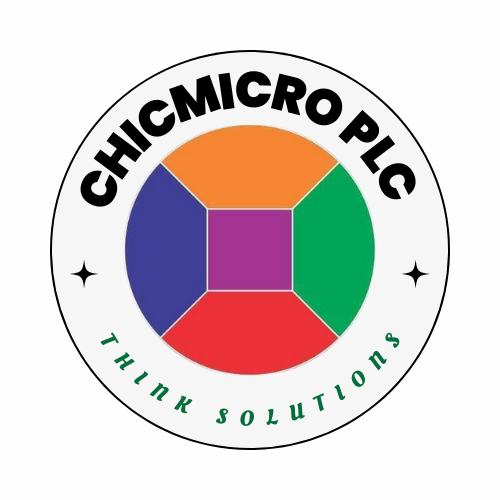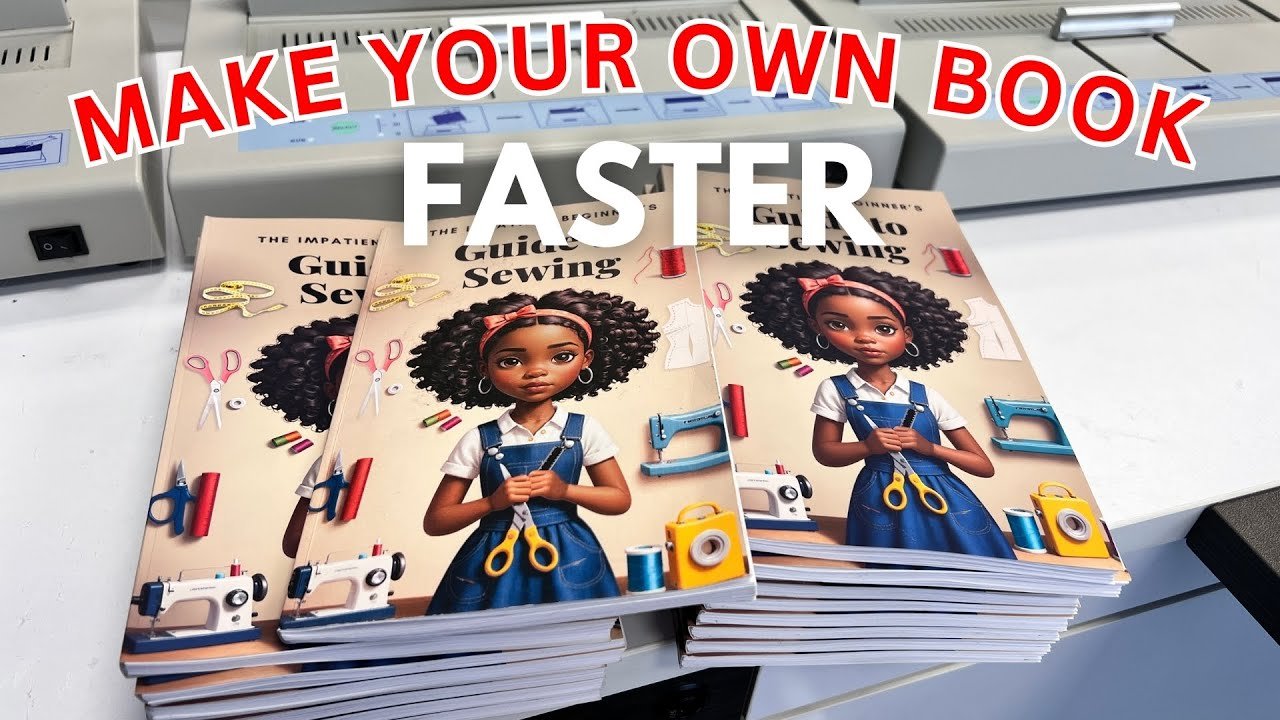
Introduction to Self-Publishing
The landscape of the publishing industry has undergone a significant transformation in recent years, primarily due to the rise of self-publishing. This shift allows authors to circumvent traditional publishing routes, enabling them to maintain full creative control over their work. In today’s digital age, self-publishing has become a viable and attractive option for many writers, giving them the freedom to express their ideas without the constraints often imposed by conventional publishers.
One of the most notable advantages of self-publishing is the opportunity it provides for authors to reach wider audiences. By leveraging online platforms, writers can distribute their books globally, breaking free from geographical limitations. This increased reach not only allows authors to share their narratives with a broader audience but also fosters connections with readers who might not have access to traditional publishing channels.
Moreover, self-publishing potentially leads to greater financial rewards for authors. Traditional publishing often involves complex contracts and profit-sharing agreements that can diminish an author’s earnings. In contrast, self-publishers typically retain a larger percentage of royalties from book sales, enabling them to earn more from their work. Additionally, advancements in print-on-demand technology have made it easier and more affordable for writers to produce physical copies of their books, further enhancing their earning potential.
In essence, self-publishing empowers writers by providing them with the tools and opportunities necessary to bring their works to life. This shift not only democratizes the publishing world but also encourages a diverse range of voices and stories to emerge. As we delve deeper into the various platforms and tips for printing your own book, understanding the importance of self-publishing in fostering creativity and accessibility is essential. By embracing self-publishing, authors can fully harness the potential of the digital age, making significant strides in their publishing journeys.
Benefits of Printing Your Own Book
Printing your own book presents a plethora of advantages that cater to both aspiring authors and established writers. One of the most significant benefits is the creative freedom it affords. When you opt to self-publish, you retain complete control over every aspect of your book’s production. This includes choices about the design, layout, and cover art, enabling you to create a product that aligns with your vision and speaks to your audience. Unlike traditional publishing, where editorial directions may alter your original intention, printing your own book allows for personal expression and the ability to experiment artistically.
Another noteworthy advantage pertains to the financial benefits derived from self-printing. Independent authors often enjoy higher profit margins since they bypass the hefty fees demanded by traditional publishing houses. While initial printing costs can vary, self-publishing enables you to set the price of your book according to production expenses and market value. Moreover, any sales generated from your book predominantly go to you, which can be particularly rewarding as your readership grows. This financial independence encourages authors to invest in their projects without fear of losing creative control.
Furthermore, printing your own book offers the ability to control the entire production process, from design to distribution. With a myriad of platforms available today, authors can readily manage their distribution channels, selecting the most suitable options to reach their target audience. This direct engagement can foster a stronger personal connection between the author and readers, enhancing the reading experience. As self-printed books become more prevalent, they often resonate with readers seeking authenticity and relatability, making this journey not just a creative endeavor but a fulfilling relationship-building exercise.
Choosing the Right Printing Method
When it comes to printing your own book, one of the most crucial decisions you will face is selecting the appropriate printing method. Several options are available, each with its unique advantages and disadvantages. The three primary methods authors typically consider are Print on Demand (POD), offset printing, and digital printing.
Print on Demand (POD) is becoming increasingly popular among self-publishing authors. This method allows books to be printed as they are ordered, eliminating the need for large upfront investments in inventory. One of the significant advantages of POD is its cost-effectiveness; you only pay for the books you sell, which minimizes financial risk. Additionally, POD services often handle the logistics of printing, shipping, and even marketing, making it an attractive option for authors just starting. However, the trade-off can be higher per-book printing costs compared to bulk methods, which can impact profit margins.
Offset printing is a traditional method often used for larger print runs. It involves creating metal plates for transferring ink onto paper, resulting in high-quality prints with vibrant colors. The main advantage of offset printing is its efficiency for bulk orders, making it cost-effective when producing more than 500 copies. Authors may find this method ideal for distributing their book through bookstores. Nonetheless, the initial setup costs can be substantial, and authors must store and manage the physical inventory, which may not suit everyone’s needs.
Finally, digital printing stands out for its quick turnaround time and flexibility, allowing authors to print small quantities without a hefty investment. This method is particularly suitable for limited runs, like test marketing or special editions. Digital printing offers good quality and can be cost-effective for small quantities. However, as with POD, costs can be per unit higher compared to offset printing.
In conclusion, the right printing method ultimately depends on factors like budget, volume, and timeline. By considering the unique pros and cons of each option, authors can make informed decisions that align with their publishing goals.
Overview of 6 Top Sites for Book Printing
When considering book printing services, authors benefit greatly from a variety of options, each catering to distinct needs and preferences. Here are six prominent sites for printing books in 2025, which have garnered positive feedback based on features, pricing, quality, and user reviews.
1. Blurb: Renowned for its user-friendly platform, Blurb specializes in high-quality photo books, trade books, and magazines. Authors can customize their layouts using online tools and even design their covers. Prices vary depending on size and format, but competitive options are available for both individual projects and bulk orders. User reviews often highlight the quality of printed materials and the ease of the creative process.
2. Lulu: A long-standing name in self-publishing, Lulu provides extensive options for authors looking to print fiction, nonfiction, and even photo books. With a range of binding and paper options, authors have the flexibility to create unique book styles. Lulu operates on a print-on-demand model, which reduces upfront costs for authors. Customer feedback suggests a diverse range of quality; however, many express satisfaction with the final product.
3. IngramSpark: Targeted at small publishers and authors aiming for broader distribution, IngramSpark offers professional-grade printing services. Their extensive distribution network allows books to reach retailers and libraries globally. Although the initial setup fees are higher than competitors, many authors appreciate the quality of the finished product and the professional presentation of their work.
4. BookBaby: BookBaby provides comprehensive services that include editing, design, and printing. They are particularly noted for their exceptional customer service and user-friendly online interface. Their pricing structure accommodates varying budgets, with a selection of print options catering to different needs. Authors often commend their easy navigation and supportive team.
5. CreateSpace (Amazon KDP): A segment of Amazon’s Kindle Direct Publishing, CreateSpace offers low-cost printing options primarily intended for authors seeking to distribute their work via Amazon. Despite fewer customization options compared to others, the trade-off includes easy access to potential online sales. Authors appreciate the streamlined publication process, although some reviews mention the limitations in materials.
6. Printify: Primarily known for custom merchandise, Printify also provides book printing services. This site is ideal for those who want to incorporate unique design elements into their published works. Featuring a wide range of materials and printing options, Printify is a suitable choice for authors who prioritize standout aesthetics. Customer feedback often highlights the vibrant prints and creative possibilities.
Each of these sites offers distinct advantages, allowing aspiring authors to select the best-fit service according to specific printing needs, budget constraints, and desired distribution channels.
Essential Tips for Preparing Your Manuscript
Preparing a manuscript for printing is a pivotal step in the self-publishing process. A well-prepared manuscript can significantly enhance the quality of your final printed book. To ensure that your work meets professional standards, adhering to formatting guidelines is crucial. Start by setting your document size according to the standard dimensions for books, typically 6″x9″ for a trade paperback. Additionally, ensure that your margins are appropriately set to accommodate any bleed specifications that may be required by printing services.
Choosing the right font is another critical aspect of manuscript preparation. Fonts such as Times New Roman or Garamond are popular for print materials due to their legibility. It is advisable to maintain a font size between 11 and 12 points for the body text. Ensuring consistency in your font choices throughout the manuscript, including headings and subheadings, contributes to a polished and professional appearance.
Cover design also plays a significant role in enticing potential readers and establishing your book’s identity. Invest time in designing a book cover that reflects the content of your manuscript while adhering to genre conventions. Depending on your design skills, you might consider hiring a professional designer or utilizing easy-to-use software that offers templates tailored to book publishing.
Lastly, proofing your manuscript is essential. This stage allows you to catch typographical, grammatical, and formatting errors that could diminish the reader’s experience. Utilize both digital proofreading tools and, if possible, professional proofreaders to ensure thorough checks. Engaging beta readers can provide additional insights into the manuscript’s readability. By carefully following these essential tips for preparing your manuscript, you set the groundwork for producing a high-quality printed book.
Understanding Costs and Budgeting
When embarking on the journey of printing your own book, understanding the associated costs is paramount. The expenses can vary significantly based on several factors. The primary cost component is the printing costs per copy, which can fluctuate based on the book’s size, page count, and choice of print materials. On average, printing costs range from $3 to $10 per copy for a typical paperback, but prices may vary depending on the printer and specifications chosen.
Another crucial expense in the book publishing process is editing. Professional editing services are essential for ensuring that the content is polished and error-free, contributing to the overall quality of your book. The costs for editing can range from $500 to $2,000 or more, depending on the length of the manuscript and the editor’s expertise. Investing in a good editor can significantly enhance your book’s reception and sales potential.
Cover design is equally important and should not be overlooked. A professionally designed cover can attract readers and influence purchasing decisions. The costs for cover design can vary from $200 to $1,500, depending on the designer’s reputation and the complexity of the design. This expense is crucial to consider as it directly impacts your book’s marketability.
Shipping is another factor that affects total costs, especially if you plan to order copies in bulk. The shipping fees can accumulate quickly, particularly for larger orders. To effectively budget for this, it is advisable to get quotes from multiple shipping services to find the best rate.
Overall, precise budgeting can help avoid unexpected expenses. It is recommended to create a detailed budget that includes all these elements while allowing for some contingency funds. By doing so, you can navigate the complexities of printing your book with greater financial clarity and confidence.
Marketing Your Printed Book
Marketing a self-published book is a crucial step that can significantly influence its success in the competitive literary market. To effectively promote your printed book, a combination of traditional and digital marketing strategies should be employed. One of the most powerful tools for authors today is social media. Platforms such as Twitter, Instagram, and Facebook provide an excellent avenue for connecting with potential readers. By sharing engaging content, including sneak peeks, behind-the-scenes insights, and personal anecdotes about the writing process, authors can cultivate a loyal following eager for updates on their book release.
Another important aspect of marketing is having an author website. This online platform serves as a central hub for all book-related information, and can host author biographies, purchase links, and a blog that discusses relevant themes or topics related to the book. It is also essential to ensure that the website is optimized for search engines; this will improve visibility and attract organic traffic from individuals interested in the book’s genre or subject matter. Building an email list through the website can also facilitate direct communication with readers and keep them informed about future projects.
Utilizing local bookstores can provide an additional strategy. Many bookstores offer consignment deals for self-published authors, allowing books to be displayed prominently and giving access to a community of readers. Offering to conduct book readings or signings can drive traffic to both the bookstore and your personal brand. Furthermore, launching a pre-order campaign can generate buzz prior to the book’s release. By creating early interest and enthusiasm, this approach not only boosts initial sales but also enhances visibility in online marketplaces.
Post-Printing Considerations
Once your book has been printed, several critical factors will influence its success and ensure that your efforts yield the desired outcomes. One of the first steps to consider is distribution. Authors have a multitude of options available, ranging from direct sales through personal websites to enlisting third-party platforms like Amazon, Barnes & Noble, or independent bookstores. Each channel presents unique advantages and challenges, so evaluating which option aligns with your target audience and marketing strategy is crucial.
In addition to distribution, setting up sales channels effectively will play a pivotal role in your book’s visibility. Utilizing online marketplaces often requires authors to comprehend various aspects such as pricing, promotional tactics, and even e-commerce logistics. Some authors may choose to also sell their books at local events, book fairs, or through conventions, which allows for direct interaction with readers and can enhance visibility through word-of-mouth promotion.
Managing inventory is another key aspect that requires attention. For authors opting for print-on-demand services, this will be less of a concern; however, if bulk printing has been conducted, keeping a record of how many copies are sold and the remaining stock is essential for awareness of market demand and for planning future print runs.
Moreover, collecting feedback after your book’s launch can provide invaluable insights for future projects. Encouraging readers to leave reviews on various platforms not only aids in gauging public reception but also adds credibility to your work. Engaging with readers through social media or author newsletters can improve relationships and stimulate ongoing conversations about your writing. As you assimilate feedback, consider how it can shape your writing process and impact future publications.
Final Thoughts and Future Trends in Self-Publishing
The self-publishing landscape has transformed significantly over the past decade, allowing authors more control over their works than ever before. As we move toward 2025, aspiring authors must remain adaptable and open to the evolving practices within this dynamic industry. The proliferation of digital technologies and platforms has democratized the ability to print your own book, making it more accessible for writers worldwide.
One notable trend is the increasing use of artificial intelligence in the editing and design processes. Tools that employ AI can help authors improve their manuscripts by providing real-time feedback on grammar, style, and even pacing. This not only enhances the book’s quality but also streamlines the self-publishing process significantly. Writers are encouraged to incorporate these modern tools to produce polished and professional work.
Furthermore, personalized marketing strategies are becoming pivotal for self-published authors. Social media platforms serve as powerful tools for building a readership and promoting books. Engaging with potential readers through targeted advertising and interactive content allows authors to create a distinct brand identity, fostering a loyal following. Additionally, the rise of multimedia content—such as book trailers and podcast interviews—affords authors innovative ways to reach audiences.
Another trend taking shape is the growing importance of sustainability in publishing. As environmental awareness increases, many authors are considering eco-friendly printing options and using sustainable materials for their books. This conscientious approach not only aligns with current consumer preferences but also contributes positively to the planet.
In conclusion, the self-publishing journey requires ongoing adaptability as the landscape continues to evolve. By embracing emerging trends and leveraging new technologies, authors can navigate the challenges of self-publishing effectively, ensuring their voices are heard in an increasingly competitive market.




